Science says your aging dog has more energy to give if you know these key secrets.
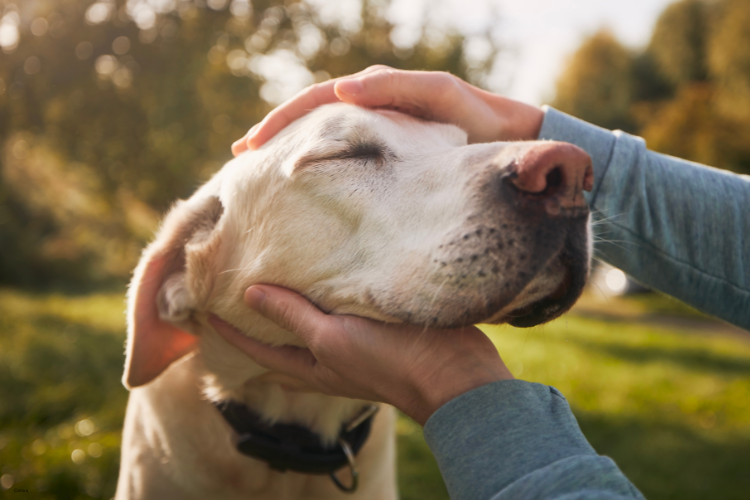
Old dogs are not done living big lives. They just need a little more help staying sharp, strong, and engaged. Age might slow them down physically, but mentally and emotionally, they can thrive if you approach care with some intention. Experts agree it’s about more than good food and warm beds. Here are the strategies keeping senior pups happy, connected, and acting like they still have a few wild puppy moments left.
1) Daily mental games keep their brain wired for joy.
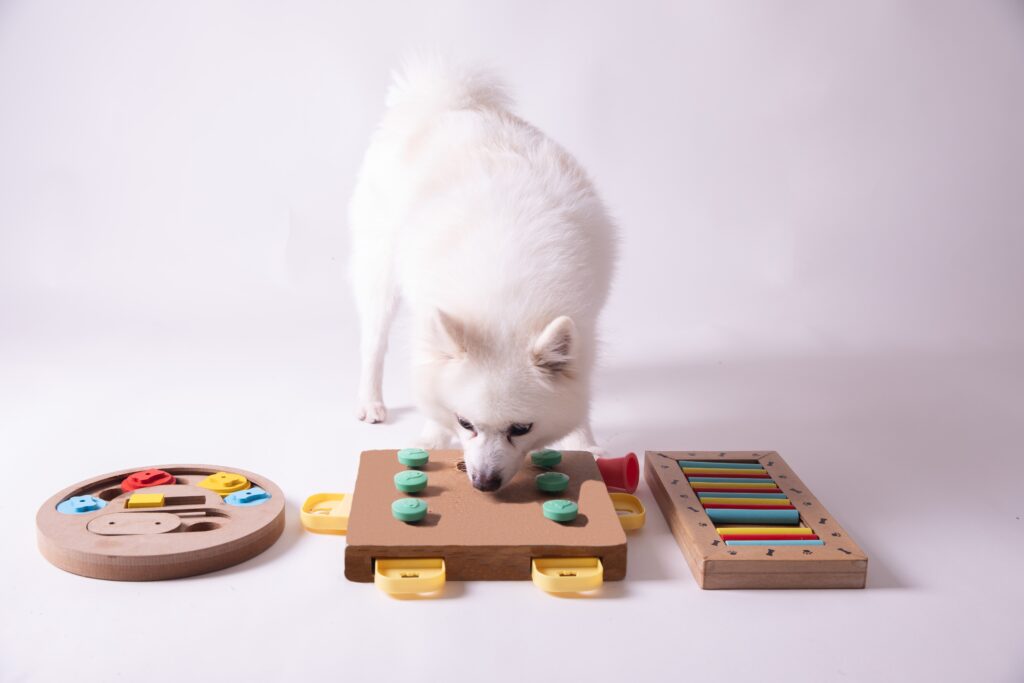
According to the American Kennel Club, interactive games and puzzle toys delay cognitive decline in senior dogs. Activities like snuffle mats, treat-dispensing puzzles, or even simple hide-and-seek with their favorite toy challenge their problem-solving skills. These exercises activate different parts of their brain, improving focus and memory while reducing boredom-driven anxiety. Watching a senior dog light up when they solve a puzzle feels like proof they’re still eager to learn, no matter how many gray hairs have shown up.
2) Low-impact exercise keeps them moving without wearing them down.

As stated by the American Veterinary Medical Association, gentle but consistent exercise reduces joint stiffness, improves circulation, and helps regulate weight for older dogs. Think short walks on soft ground, light swimming, or controlled play that doesn’t involve sudden leaps. Avoiding high-impact moves means fewer injuries and better overall comfort. These regular sessions also boost mental health because sniffing and exploring new areas fires up their brain chemistry in ways a couch nap never could.
3) Nutritional upgrades change the way they age.

Reported by the Cummings School of Veterinary Medicine at Tufts University, senior dogs often benefit from diets designed with joint support, antioxidant-rich ingredients, and higher-quality protein. Switching to food that supports energy levels while reducing inflammation can slow age-related changes. Supplements like omega-3 fatty acids and glucosamine may enhance mobility and cognitive health. This doesn’t mean expensive boutique brands are required—just carefully chosen food based on veterinary guidance that targets your dog’s specific needs as they age.
4) Scheduled vet visits reveal issues before they become life-changing.

Aging dogs can’t always communicate when something feels wrong, so having a vet check them twice a year makes a big difference. Bloodwork, dental checks, and mobility exams catch things early when they’re more manageable. Senior dogs benefit from wellness plans that adjust over time, meaning what worked last year might not be best now. These proactive visits often keep small issues from snowballing into expensive emergencies, saving both stress and money in the long run.
5) Massage and stretching help them stay flexible and pain-free.

Canine massage is more than a spa luxury—it improves circulation, reduces stiffness, and relaxes tense muscles. Stretching their limbs gently after walks keeps joints lubricated and helps reduce injury risk. Dogs often respond by visibly relaxing, sometimes even falling asleep mid-session because their bodies finally feel at ease. Learning basic techniques from a professional or veterinarian can give them relief without expensive tools, making it an easy home routine that pays off daily.
6) Social interaction prevents emotional aging.

Keeping senior dogs socialized with other dogs and humans lowers stress and keeps their minds engaged. Organized playdates, neighborhood walks, or just visiting dog-friendly cafes maintain social bonds. Dogs, like humans, can feel isolated as they age, especially if hearing or vision changes limit their confidence. Maintaining positive interactions helps fight depression and encourages a willingness to explore, which often translates into better physical and mental health long-term.
7) Routine grooming doubles as a health check.
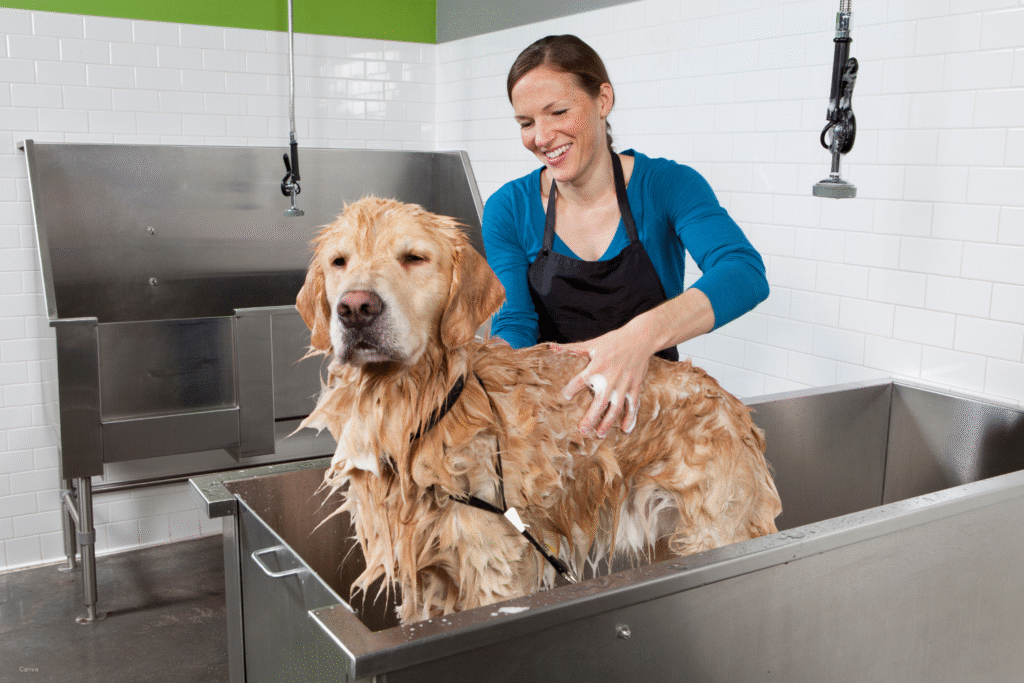
Regular brushing does more than make their coat shiny; it helps you notice changes like new lumps, skin irritation, or parasites early. Bathing with gentle shampoos suited for older skin can relieve itchiness and keep them comfortable. Grooming time also strengthens your bond and gives you an easy way to check nails, ears, and teeth. Many owners discover health concerns during grooming that they might have missed otherwise, proving its value beyond just appearance.
8) Comfortable sleep spaces improve recovery and energy.
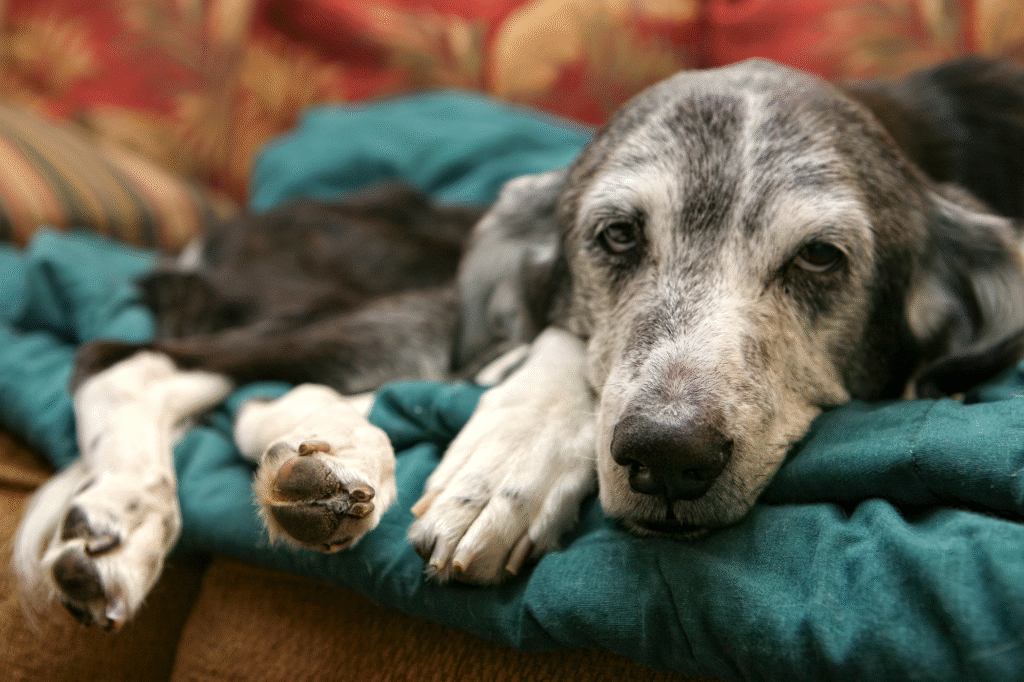
A supportive, orthopedic bed helps protect aging joints and promotes better rest. Soft, warm sleeping areas near family spaces provide comfort and reduce stress from feeling isolated. Adding ramps or steps to their favorite spots prevents dangerous jumps and preserves their mobility longer. Dogs that sleep soundly often wake up more energetic and ready for activity, showing just how powerful a good night’s rest is for keeping them young in spirit.
9) Enrichment walks replace speed with adventure.

Instead of focusing on distance or pace, senior dogs benefit from slow, smell-heavy walks that emphasize exploration. Stopping often to sniff gives them mental stimulation without overworking their bodies. Visiting new areas or rotating walking routes keeps them mentally fresh and prevents boredom. These slower, curiosity-driven outings are often more enjoyable for both you and your dog, turning a routine bathroom break into an event they look forward to every single day.
10) Consistent love and attention change everything.
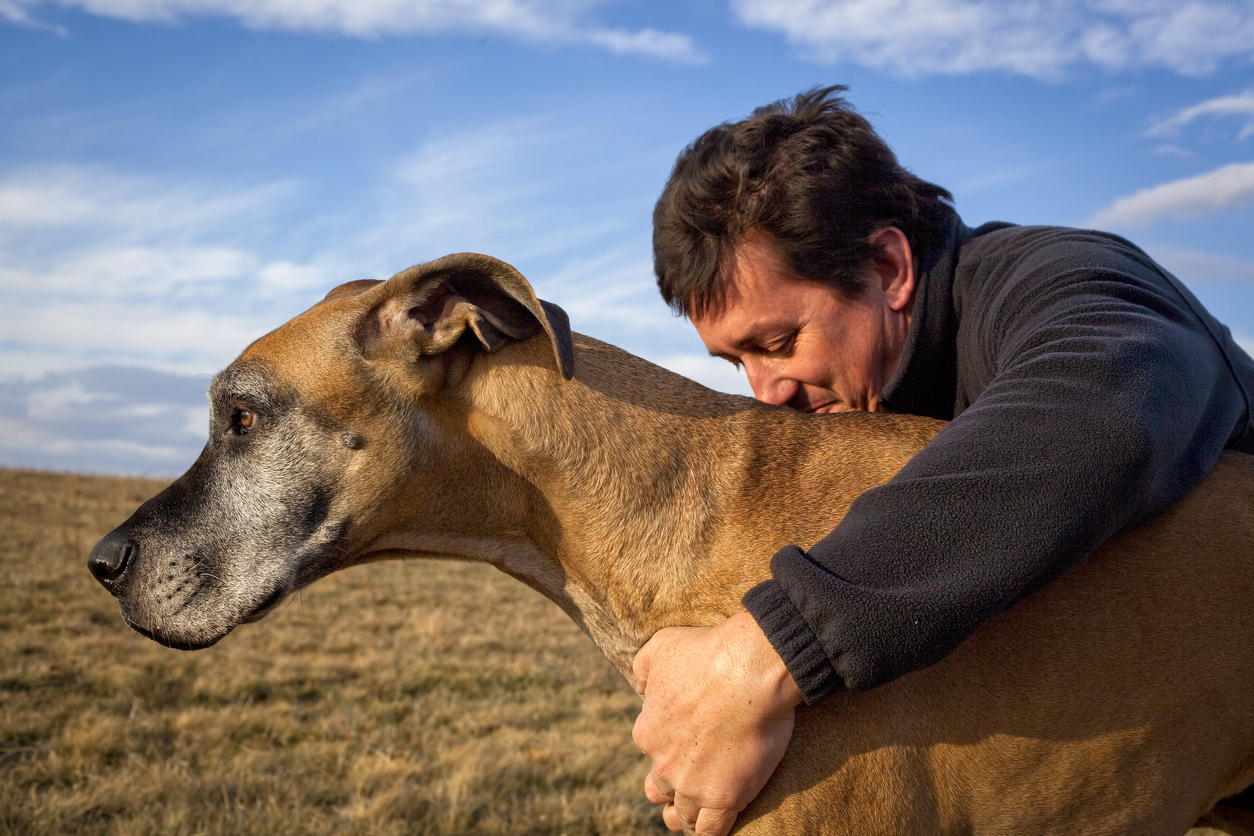
At the end of the day, dogs thrive on connection, and seniors need it more than ever. Spending time cuddling, talking to them, and giving positive reinforcement maintains their emotional health. Dogs can pick up on human moods, so calm, loving attention makes them feel secure even when their bodies slow down. That consistent presence often shows up as tail wags and bursts of playful energy you didn’t think they had anymore, proving emotional care is just as vital as physical care.
